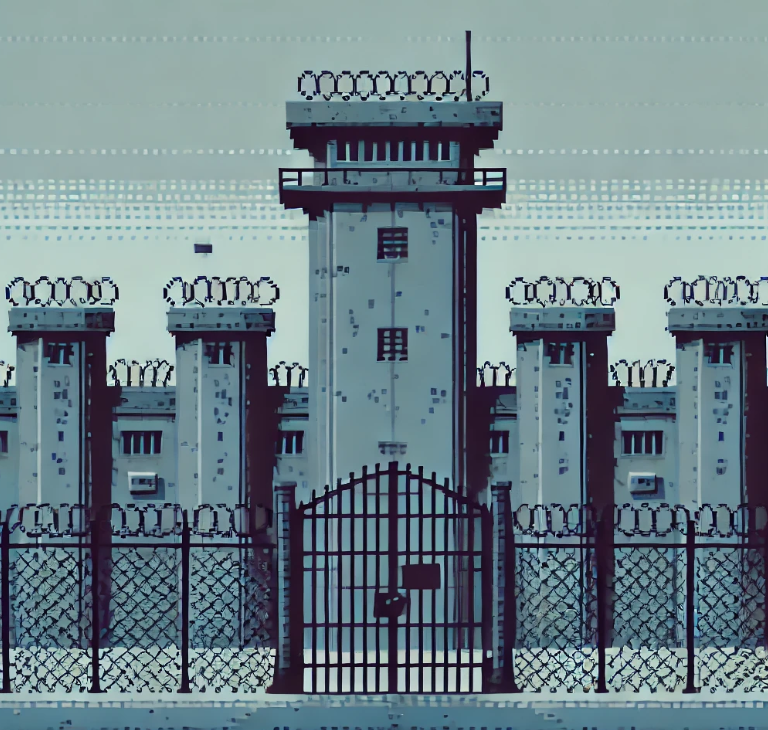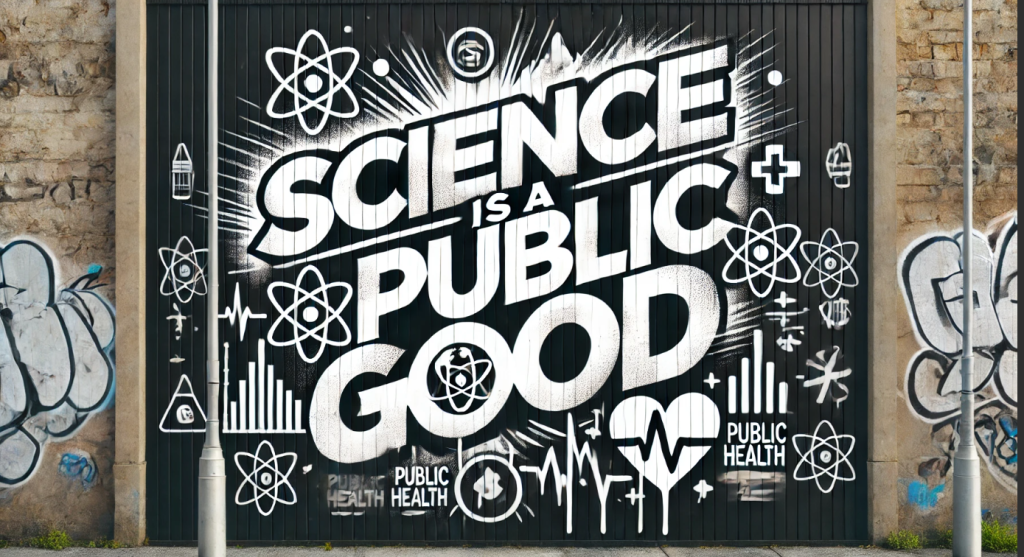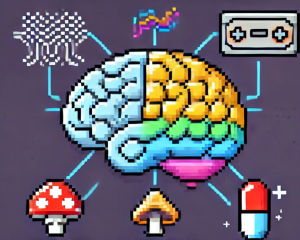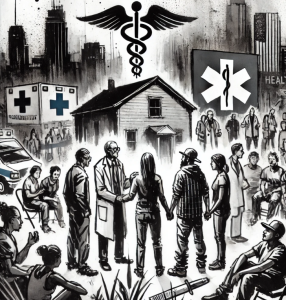
Increasing Access to Life-Saving Opioid Treatment in Criminal Justice Settings
In the fight against the opioid epidemic, medications for opioid use disorder (MOUD) have emerged as powerful tools to save lives. Yet, for individuals entangled in the criminal justice system, the path to receiving this critical treatment remains riddled with obstacles. Recent research sheds light on the disparities between how often people referred by the criminal justice system receive MOUD compared to those referred by other sources. While some progress has been made, the gap remains wide—too wide for comfort.
This blog explores new findings from a cross-sectional study that analyzed over 3 million admissions to treatment centers for opioid use disorder (OUD) between 2014 and 2021. It highlights the urgency of increasing access to MOUD for people in the criminal justice system, where the consequences of untreated OUD can be devastating. The story here isn’t just about statistics—it’s about people’s lives and the broader implications for public health.
Opioid Use Disorder: A Growing Crisis in Criminal Justice
The opioid crisis affects people from all walks of life, but its impact is especially pronounced in the criminal justice system. In 2019, an estimated 14.5% of people in jails had OUD, a staggering nine times more than the general population. Without access to effective treatment, these individuals face not only a higher risk of overdose death upon release but also a greater likelihood of re-offending and returning to incarceration.
For years, medications like methadone, buprenorphine, and naltrexone have been the gold standard for treating OUD. These medications can reduce cravings, prevent relapse, and—most importantly—save lives. Yet, despite their proven effectiveness, access to MOUD in criminal justice settings remains severely limited. Whether due to systemic barriers, stigma, or lack of resources, too many individuals leave incarceration without receiving the treatment they desperately need.
A Slow and Uneven Climb
So, what does the latest research tell us? Between 2014 and 2021, the use of MOUD among people referred to treatment by the criminal justice system did increase—but not nearly enough. In fact, by 2021, only 33.6% of these individuals received MOUD, compared to 49.3% of people referred by other sources. This 15.6% gap, while smaller than in previous years, underscores the need for targeted efforts to close the disparity.
One promising finding is that MOUD use among people referred by the criminal justice system is increasing at a faster rate than among those referred by other sources. The probability of receiving MOUD grew by 3.42 percentage points annually for criminal justice-referred individuals, compared to 2.49 percentage points for others. However, this faster growth hasn’t yet erased the disparity.
State-by-State: A Mixed Bag
One of the study’s most revealing aspects is the variation in MOUD use across different states. Some states, like Massachusetts, Vermont, and New Jersey, have made remarkable progress. In these states, over half of individuals referred by the criminal justice system to OUD treatment received MOUD in 2021. This suggests that it’s possible to bridge the gap—but not all states are there yet.
In many states, the disparity persists, with some even experiencing negative growth in MOUD use. States like Louisiana, Illinois, and Wyoming have seen little to no improvement, which raises important questions: What barriers remain in these areas? Why have some states succeeded while others lag behind?
Barriers to Treatment: Stigma, Policy, and Resources
The reasons for this disparity are complex and multifaceted. Stigma around MOUD is one major factor. Some criminal justice officials and treatment providers may still view addiction as a moral failing rather than a medical condition, leading to a preference for abstinence-based treatments over medication.
There are also practical barriers. Federal policies, such as the inmate exclusion policy, require states to terminate or suspend Medicaid coverage for individuals while they are incarcerated. This policy limits access to MOUD and other healthcare services for those in jails and prisons. Moreover, many criminal justice settings do not have the healthcare infrastructure to offer MOUD, and a lack of funding often results in under-resourced treatment programs.
Furthermore, many individuals with criminal justice involvement and their families carry the weight of stigma. Fear of judgment or misunderstanding about the effectiveness of MOUD can prevent people from seeking the help they need, even when it’s available.
The Path Forward: A Call for Change
To truly address this issue, targeted efforts are needed at multiple levels. Expanding Medicaid coverage in carceral settings, reducing stigma through education, and investing in the healthcare infrastructure within the criminal justice system are crucial steps. Moreover, we need to continue tracking MOUD use through robust data reporting to ensure that policies aimed at increasing access are having the desired impact.
Public health practitioners, researchers, and policymakers all have a role to play in closing the gap. By working together, we can ensure that the most vulnerable populations—those with opioid use disorder and criminal justice involvement—receive the life-saving treatment they deserve.
Practical Implications for Public Health
The implications of this research are clear: if we want to reduce opioid overdose deaths and recidivism, increasing MOUD use in criminal justice settings is essential. Public health practitioners can support these efforts by advocating for policies that expand access to treatment and by collaborating with criminal justice officials to design programs that integrate MOUD as a standard part of care.
For researchers, this study underscores the importance of continuing to investigate the barriers to MOUD use in different states and identifying the most effective interventions. With opioid overdose rates continuing to rise, there’s no time to waste in scaling up these life-saving treatments.
Join the Conversation
What do you think are the biggest challenges to increasing MOUD access in criminal justice settings? Have you seen successful strategies in your community that could be scaled up?
We’d love to hear your thoughts! Join the conversation in the comments or on social media to share your experiences and ideas.




